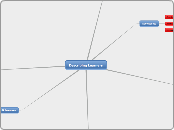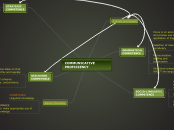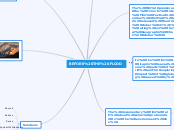Instruction
perceptions are reality
confirm, extend or challenges perspectives of stakeholders
ego
sense of self
constructivism
emotional stability
creativity
relationship building
individuality
expression
teacher
implicit
intrinsic motivation of learning
metacognition
explicit
behavior
routine
empathy
zone of proximal development (ZPD)
developmental readiness
social
strategy acquisition and development
consider their environment when working
respect the community
maintain the safe space for all
strategic planning
cooperation
competition
language
consider the learners environment
creates and manages a safe space for all
share strategies for cooperation
encourage healthy connections
emotional support to learners
model
timely
social considerations are essential
democratic success
group must flourish
sense of belonging
familial considerations are essential
safety of the family
respect of the family
emotional considerations are essential
motivation is necessary
must be engaged and present
developmental considerations are essential
must be accessible
must be appropriate
assess need and provide immediate feedback to those needs
analyze for next steps
plan for multiple scenarios and learning development
purposeful
extension of needs
control over the curriculum and instruction by legislatures
social practices in the community
money and time are essential
needs vary
famlies
confirm beliefs
challenge beliefs
extend beliefs
application of knowledge
democracy
self preservation
constructed knowledgea
necessity
vocation
communicate for understanding by the teacher
are motivated and engaged
democratic model
listening for misconceptions and analyzing for next steps
plan and prepare
communicate to be understood by the learners
adjust
communicate to listen
cooperative
learners
the learners create a community
the learners listen, respond, and share ideas with each other and the teacher
teachers
the teacher learns the style of the learner
the teacher listens and responds to the learner
the teachers create the community
communities
families
stakeholders share in the development of sharing perspectives
reality changes based on social structure
reality changes based on time
reality changes based on need









